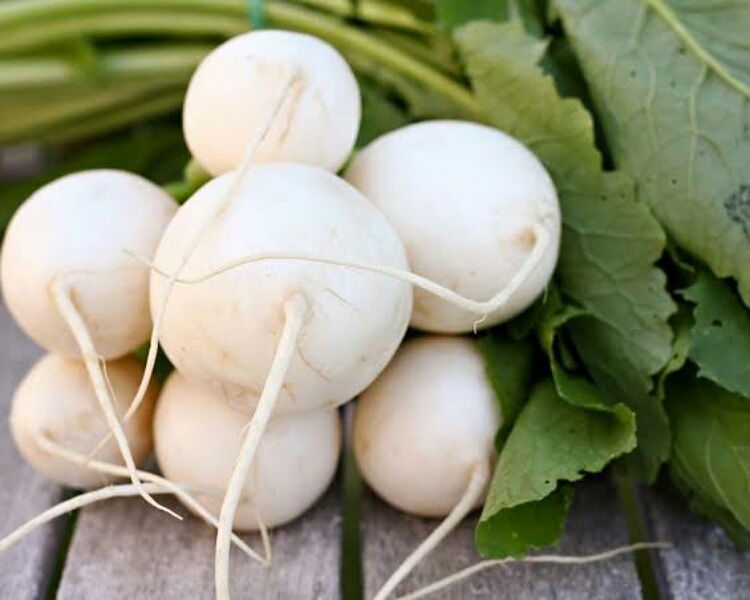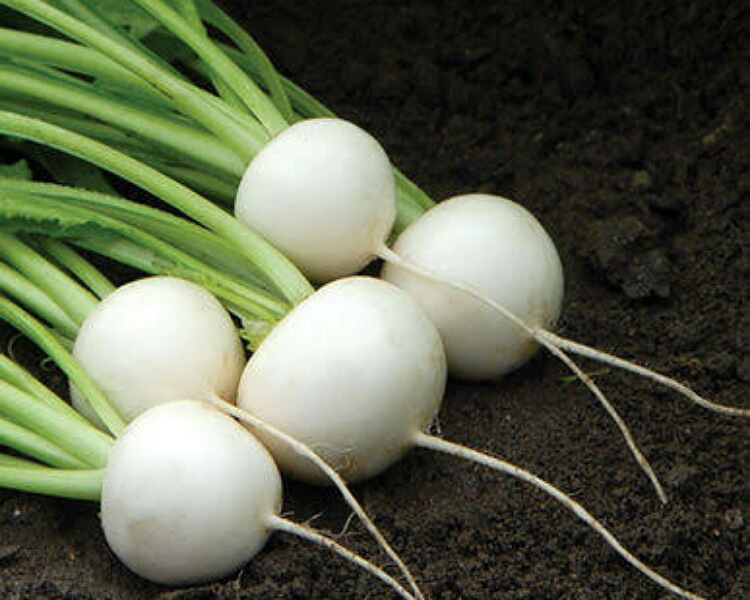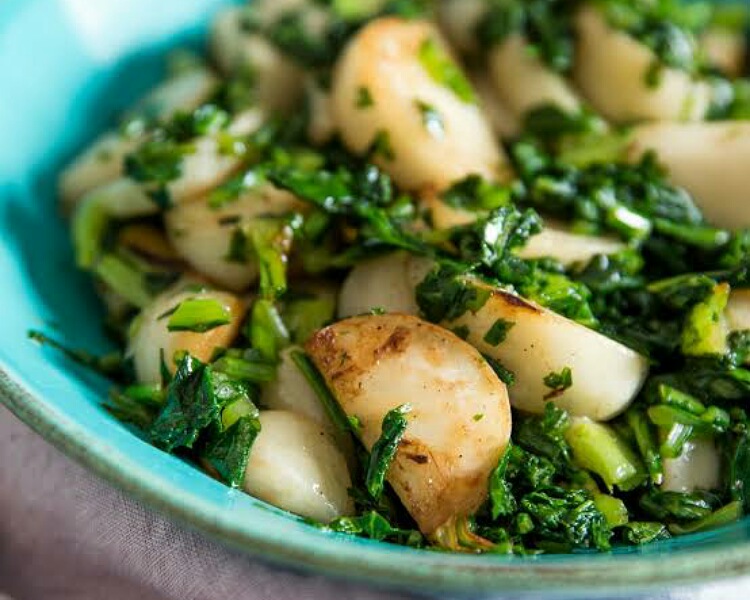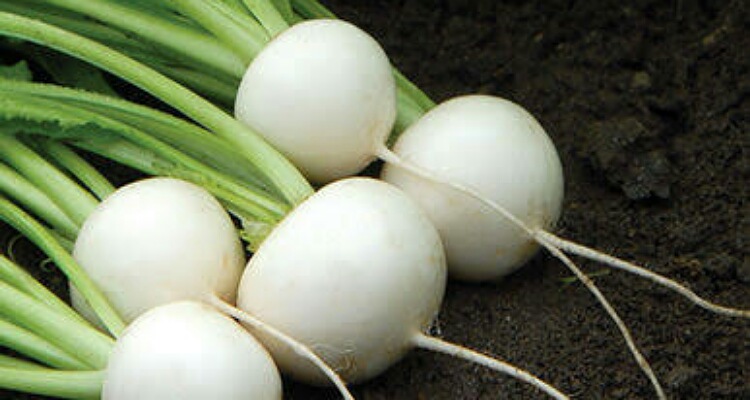Turnips are one of the oldest cultivated vegetable plants. They have a rich history. But turnips left an important food item on the dining table in the 19th century.
They are the most underrated vegetable now. And Hakurei turnips are a relatively new variety of turnips from Japan. What exactly are Hakurei turnips? What is their origin history?
Turnips history and Hakurei turnips
Turnips are being cultivated as a vegetable and food crop since time immemorial. These belong to the Brassica family and have a long and rich history.
This starchy vegetable was also eaten amply and was an important crop during the Roman and Hellenistic times. In Europe, people have given it the name of a vegetable of nobility. It was a staple in European cuisines.
But it fell out of use in the 19th century when potatoes were replaced in food dishes. The taste and starchy nature of potatoes were loved by the masses and turnip use declined. It continues to be an underrated crop and vegetable in the world.

Hakurei turnips are a special variety of turnips. They are white in color and globular. The old turnips had a purplish tinge to them at the base.
Japanese researchers developed these turnips in the 1950s to overcome the food scarcity after world war II. They are sweeter, crunchy, and more delicate than the older turnips, and have a fruity flavor.
They are also called Japanese or Tokyo or salad turnips. And they grow in two seasons: spring and winter.
Uses of these Japanese turnips
The Japanese turnips are also called salad turnips. They can be cooked in different ways and can be paired with anything. You can have them raw. You can add them to salads or slaws with apples and pears.
Moreover, you can cook them and enjoy their buttery flavor. Avoid overcooking lest they darken or emit a stronger flavor and taste. It can be roasted at high temperatures.
This makes them sweetness to get enhanced. Turnips have high water content. Hence, heating at high temperatures can caramelize them. You can also pickle them.

You can add their green tops or leaves while cooking. They can be fried or sauteed in oil with onions and garlic. You can grate the turnips or stir-fry them.
You can add them to soups or the kitchen with other roasted vegetables. And, you can also braise or glaze them or grill them.
Storage and cooking tips
Store them unwashed in a plastic bag in the refrigerator. They remain fresh for a week to 10 days. Their green tops should be separated and stored unwashed but covered in a damp cloth. Use them as soon as possible. But they last for 2 to 3 days.
Rinse the turnips under free-flowing water to remove dirt, mud, and impurities clinging to the skin. No need to peel them. Trim the ends and eat them with the peel. If you want to consume the leaves, wash them more thoroughly before eating or cooking.

Also, read How to make Sauteed Broccoli Rabe? (Tender and Bright Vegetable)
Japanese turnips are starchy vegetables. But their calories are one-third that of potatoes. Hence they are good for people who want to lose weight and for diabetic patients.
Additionally, they are rich in folic acid, vitamin C, vitamin B1, B6, and E, potassium, and fiber. And the leaves are rich in vitamins A, K, and calcium.
